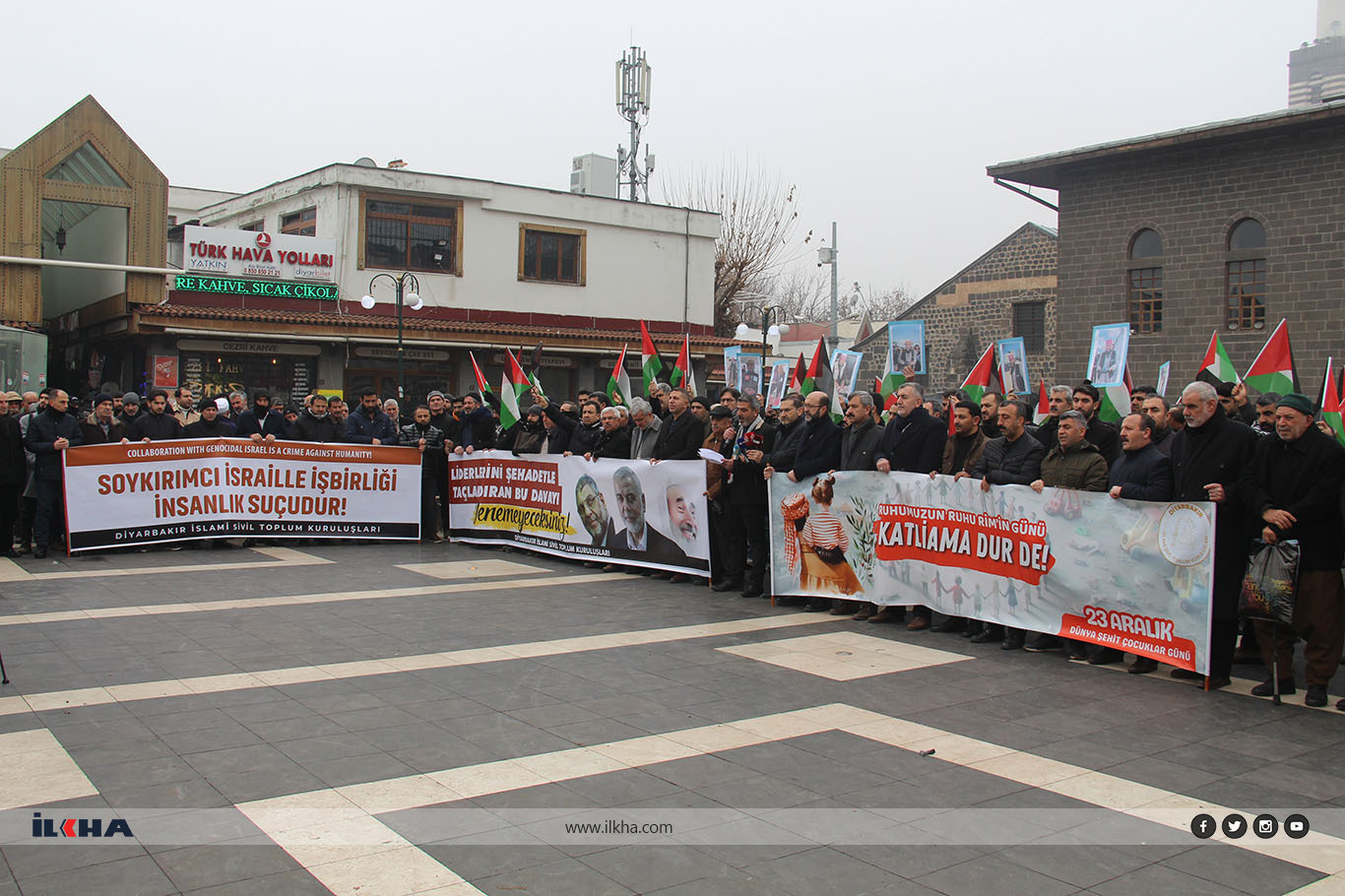53 percent of irrigation infrastructure works are completed at the GAP
At the Southeastern Anatolia Project (GAP), which is the largest scale and costliest project in the history of the Republic of Turkey, 53 percent of irrigation infrastructure works have been completed, Minister of Agriculture and Forestry Bekir Pakde

 Google News'te Doğruhaber'e abone olun.
Google News'te Doğruhaber'e abone olun. Emphasizing that GAP is one of the country's vision projects and it is among the few projects in the world, minister Pakdemirli said: "GAP region constitutes 12 percent of economically irrigable land in our country. There are 1 million 58 thousand hectares of irrigable land in the GAP region and the irrigation infrastructure works have been completed in the 564 thousand 215 hectares, It amounts to 53 percent of the irrigable land of the region."
What's GAP?
The Southeastern Anatolia Project (GAP) is the largest scale and costliest project in the history of the Republic of Turkey, the one most effectively implemented among regional development plans and programmes developed so far. With its integrated regional development approach and sustainable human development philosophy, the GAP has its high prestige in relevant international literature.
The project area covers 9 provinces (Adıyaman, Batman, Diyarbakır, Gaziantep, Kilis, Mardin, Siirt, Şanlıurfa and Şırnak) located in the Euphrates-Tigris Basin and upper Mesopotamia plains. These GAP provinces constitute, on average, 10.7 percent of Turkey in both geographical and population terms.
The objectives of the GAP include improving the level of income and life quality of local population by utilizing region’s resources; eliminating development disparities existing between the region and other parts of the country, and contributing to national economic development and social stability by enhancing productivity and employment opportunities in the region.
In the 70’ies the GAP was considered as a programme geared to developing water and land resources of the region and it was planned to launch 22 dams, 19 hydraulic power plants and irrigation investments covering 1.8 million hectares of land in the Euphrates-Tigris Basin. The total installed capacity of hydraulic power plants would be 7476 MW with annual energy production of 27 billion kilowatt-hours. (ILKHA)



















































